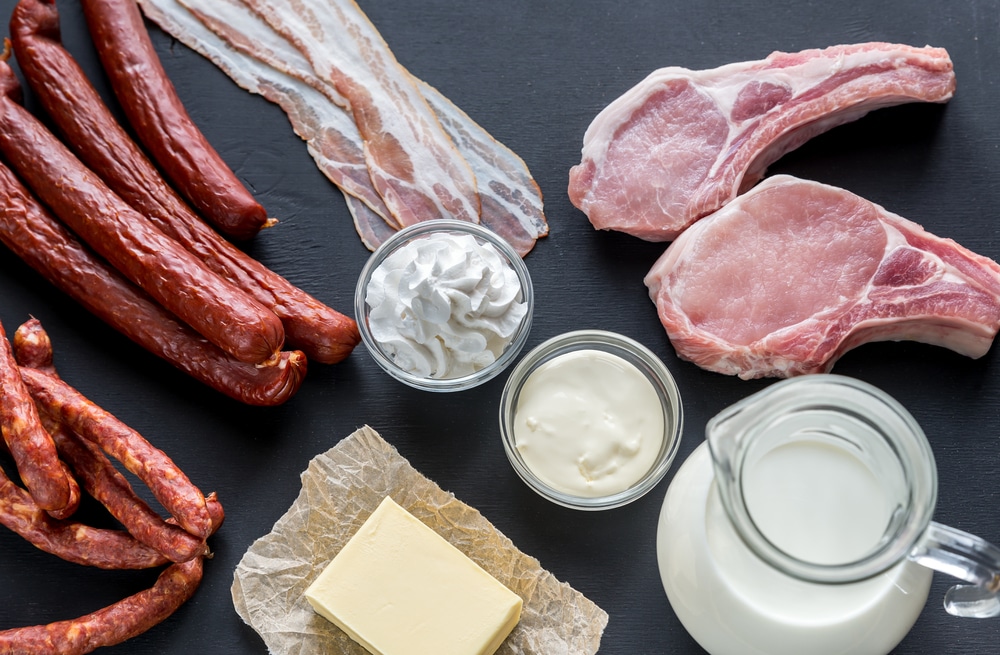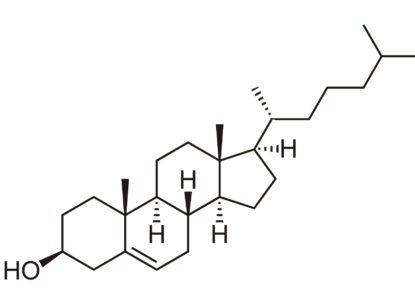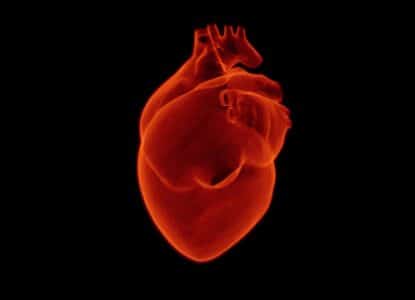Cholesterol Synthesis Demistified: How the Body Makes Cholesterol
Article at a Glance
- 80% of the cholesterol found circulating in humans is made in the body.
- The process of making cholesterol is known as cholesterol synthesis.
- To measure just how much cholesterol an individual is making, advanced cardiovascular labs measure desmosterol levels, which is the molecule that sits at the beginning of the cholesterol synthesis pathway.
- Some people respond to a high saturated fat diet by making more cholesterol. This often results in elevated APOB.

Contents
Eggs and dietary cholesterol get all the attention, but the reality is that the body makes the majority of cholesterol circulating in the body.
Every cell in the body can make cholesterol, and technically there is more cholesterol in red blood cells than there is inside LDL particles, but it’s the liver and the cells of the gut, called “epithelial cells,” that are the true workhorses, producing the majority of the cholesterol pool circulating in the body.
Cholesterol made in the body is called “endogenous” or de novo cholesterol.
Cholesterol is essential for human health
In the context of heart disease, you may have heard that cholesterol is a bad thing. Well, red wine can be a bad thing too when it’s spilled on a white couch. This analogy is apt for cholesterol, a good and necessary type of fat that we want in our cells but not in our artery walls. Cholesterol is only dangerous when it reaches the artery wall and lodges there, causing an inflammatory immune system reaction that leads to heart disease over time.
Even though cholesterol delivered to the wrong regions of the body is a bad thing, the body makes cholesterol because adequate cholesterol is absolutely fundamental to life. Cholesterol is the stuff of cell membranes, it is a necessary precursor for making sex hormones, we need cholesterol to make Vitamin D, and cholesterol passed from the liver to the gallbladder through a series of ducts, forms the building blocks for bile acids that digest fat and also serve to protect the lining of the gut wall1.
The law of cholesterol homeostasis
The biochemical process for making cholesterol is complex and largely beyond the scope of this guide. The important thing to remember as we learn the basics of cholesterol is that, in most cases, when we make more cholesterol, we tend to absorb less. Conversely, when we make less cholesterol, we tend to absorb more.
Consider this study2 which put 23 men with LDL-C levels above the 50th percentile on Atorvastatin, a drug that inhibits the body’s ability to make cholesterol. As an aside, this is how all stain drugs work, they decrease the amount of cholesterol patients synthesize. The men given the Atorvastatin therapy saw a 76% reduction in lathosterol (a marker of cholesterol synthesis) and a corresponding increase of sitosterol (a marker used to gauge cholesterol absorption).
As the production of cholesterol went down, the patients began absorbing more cholesterol (and plant sterol) to keep the levels in the body regulated. This is the process known as achieving cholesterol homeostasis. This process of regulating the “cholesterol scales” so they stay balanced is one of the major arguments against plant based messaging on dietary cholesterol.
For many of us, even when we absorb more cholesterol, we make less. However, this rule is riddled with exceptions and does not apply to everyone. Some of us will continue to make cholesterol even as we eat more. This was demonstrated by a Framingham Offspring study3 from 1987, which showed that eating as much as 800mg of cholesterol a day led to a 21% reduction in cholesterol synthesis, but for a minority of individuals who failed to stop synthesizing cholesterol after upping their egg intake, significant increases in plasma cholesterol was observed.
In fact, believe it or not, some people make more cholesterol when they eat a diet that is higher in saturated fat.
Cholesterol synthesis and saturated fat
At Gene Food, we are big fans of a study called the Retterstøl study4. Performed in Oslo, Norway in 2018, Retterstol followed 33 healthy individuals placed on a high fat diet for about a month. The researchers tracked lipid biomarkers before and after embarking on the high fat, “keto style” diet. The average increase in LDL-C was 44%, however, the variability between individuals was wide, with some subjects only seeing a 5% uptick in LDL-C, while other saw a 107% increase, when placed on a high fat diet.
Why the disparity?
The degree to which it affects people varies, but eating saturated fat seems to retard the function of the LDL receptor – a type of cell, expressed predominantly on the liver, that is responsible for clearing cholesterol from the blood stream and sending it into the bile acids through the gallbladder for excretion in fecal matter.
Those with genetic defects in LDL receptor activity are much more likely to suffer from chronically elevated cholesterol levels, a condition known as familial hypercholesterolemia.
However, it’s not just the reduction in receptor activity that causes an uptick in cholesterol when eating a high fat diet.
Some of us start making a ton more cholesterol when we eat saturated fat. Let me say it again – high fat diets cause a hyper synthetic cascade in some people that causes the body to start making large amounts of cholesterol in response to eating eggs, butter, fatty meat and dairy products. This is why Bulletproof coffee raises LDL-C in some people. The high doses of saturated fat from MCT oil and butter turn on the cholesterol production machine in the liver and the body starts to pump more and more cholesterol into the blood stream.
As these individuals make more cholesterol, and clear less of it, the levels of circulating cholesterol rich LDL particles increases which puts these individuals at greater risk for heart disease.
Measuring cholesterol synthesis
If you’re anything like me, you want to know how to find out whether you are synthesizing large amounts of cholesterol more than you are determined to master the biochemistry behind cholesterol synthesis.
Unfortunately, the lab tests we use to measure cholesterol synthesis are not widely available to the public, but there are a handful of labs, such as Boston Heart Diagnostics in Massachusetts that runs cholesterol synthesis and absorption panels. In my experience, a good way to find a cardiologist in your city who has “their head in the game” is to call Boston Heart and ask who is administering their tests in your neck of the woods.
Lathosterol
The first lab test used to measure cholesterol synthesis is the amount of a molecule known as lathosterol circulating in the blood.
| Lathosterol Ranges | Source: Boston Heart Diagnostics |
|---|---|
| Optimal | <85 μmol/mmol of total cholesterol (TC) |
| Borderline | 85-125 μmol/mmol of TC |
| High | >125 μmol/mmol of TC |
| Alert | >7.0 mg/L (absolute value) |
Desmosterol
| Desmosterol Ranges | Source: Boston Heart Diagnostics |
|---|---|
| Optimal | <65 μmol/mmol of TC |
| Borderline | 65-75 μmol/mmol of TC |
| High | >75 μmol/mmol of TC |
| Alert | >5.0 mg/L (absolute value) |



